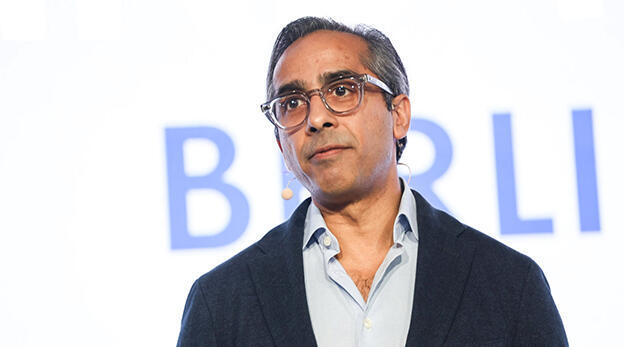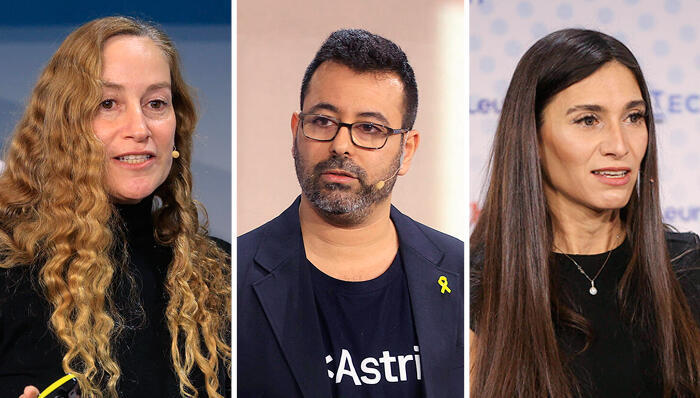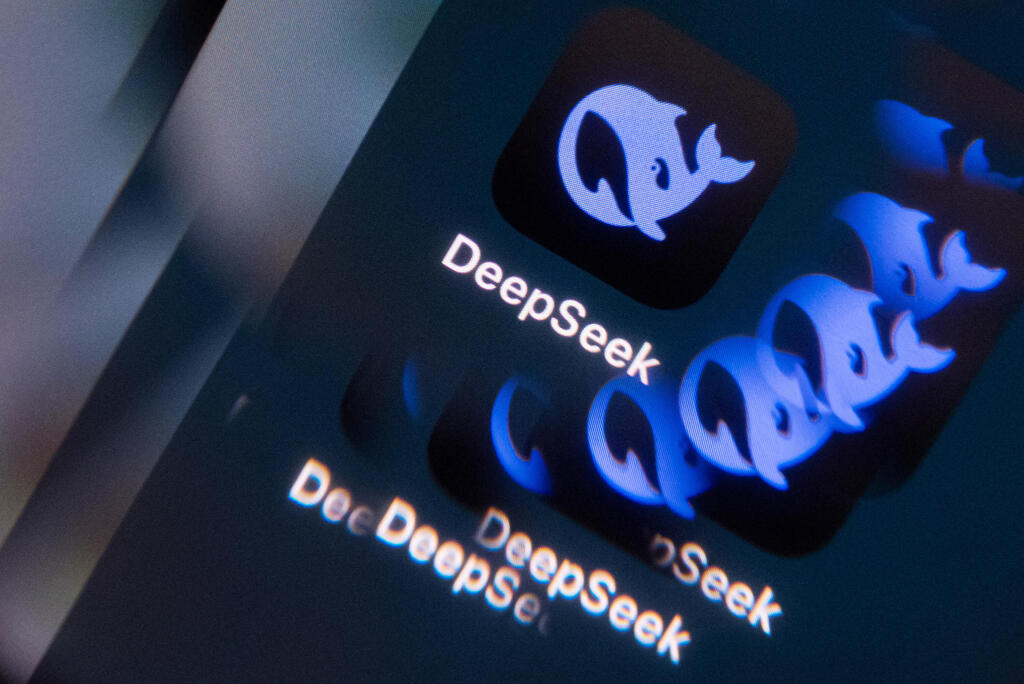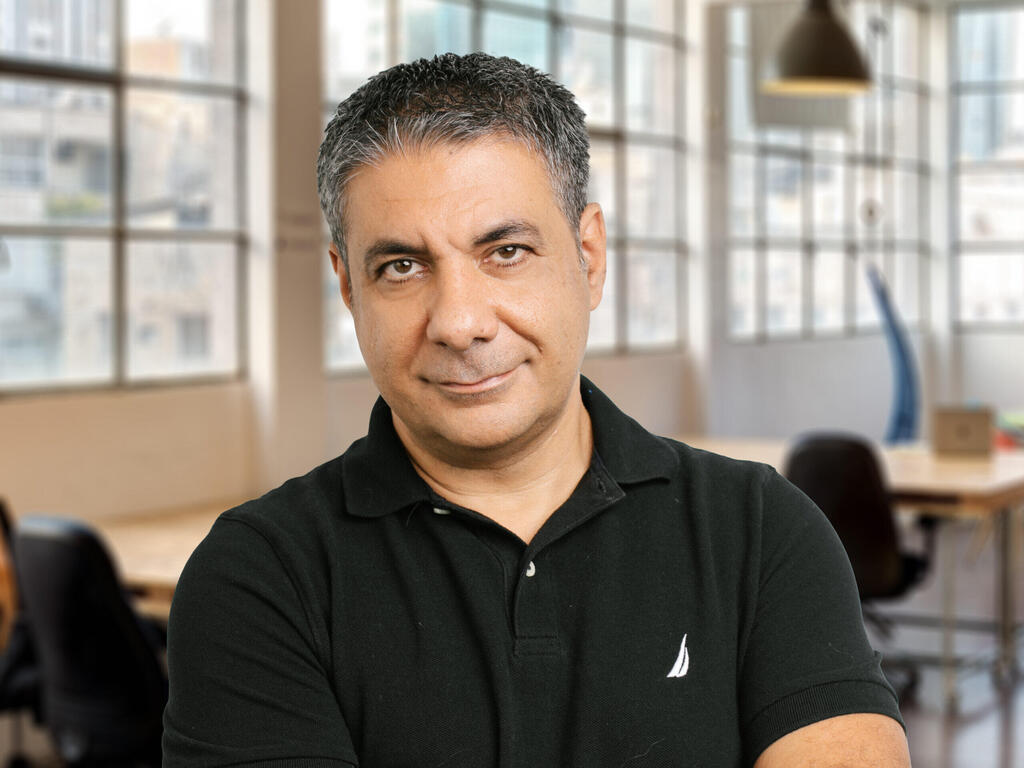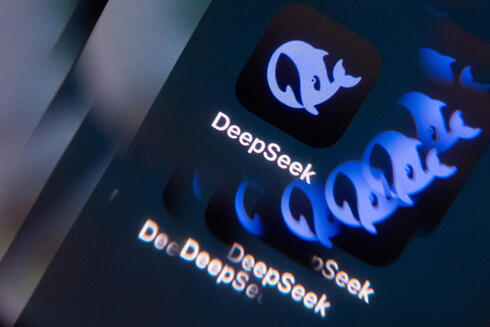
Analysis
The DeepSeek watershed moment: Why an open-source AI model from China is reshaping the global tech scene
The story of DeepSeek-R1 isn’t just about a single open-source model. It’s a signal that the AI landscape remains wide open. Constraint-driven innovation matters.
When the news first broke about DeepSeek-R1, an open-source AI model developed by a Chinese startup, it initially seemed like just another run-of-the-mill product launch. New AI models appear almost weekly, each touting itself as the “next big leap.” But then, DeepSeek-R1 did something different: it garnered rapt attention across the tech community for approaching—and sometimes matching—OpenAI’s more established models in tasks like mathematics and coding, all on a fraction of the budget and compute.
For me—an early-stage VC who’s spent years nurturing seed companies—this shift toward smaller, scrappier teams challenging monolithic leaders feels oddly familiar. I’ve seen startups tackle the toughest hardware design challenges with next-generation microprocessors that triple performance-per-watt at the transistor level, and software stacks that unify memory architecture for AI workloads, freeing up GPU bottlenecks. In each case, the big leaps weren’t just about raw resources; they came down to fresh thinking and unconventional approaches.
DeepSeek-R1 follows a similar underdog story. It eschewed the more standard “brute force” path for a stripped-down approach—no high-end chip avalanche, yet a model that excels in complex tasks. By leveraging a Mixture-of-Experts (MoE) architecture, activating only 37 billion parameters per inference step out of a possible 671 billion, it slashed costs and compute requirements while still excelling in benchmarks like MATH and Pass@1 programming scores. Now, this is intriguing enough on a purely technical level, but the broader shockwave isn’t only about performance metrics. It speaks to how AI is evolving and who gets to define its future.
China surprise move and the US-China power dynamic
Traditionally, the U.S. has dominated AI, in part thanks to its abundant cloud infrastructures and advanced GPUs. Yet DeepSeek-R1 defies the usual assumption that you must have near-infinite resources to compete at the top tier. It’s not just a single rivalry story, either. Some fear that existing export controls on cutting-edge chips may no longer be as potent if a leaner approach to model training can yield similar breakthroughs.
China’s strategy—optimizing software algorithms and relying on stockpiled A100 GPUs and H800 chips—highlights a new form of resilience in the face of sanctions. This development changes the conversation around the arms race in AI. Where once it seemed that throwing more money and hardware at the problem was the only viable strategy, DeepSeek-R1 demonstrates that clever algorithmic work and open collaboration can push the boundaries differently. For small countries with vibrant tech scenes—like Israel—this is an encouraging reminder that raw resources aren’t everything.
Open-source as a force multiplier
One of the loudest ongoing debates in AI is whether to open up model code or keep it locked behind a paywall. Proponents of open-source argue that it boosts innovation and levels the playing field—anyone can contribute improvements, identify flaws, or spin off new solutions. Critics raise worries about misuse, IP protection, and monetization.
DeepSeek-R1 planted its flag on the open side, and that choice resonated. At a time when some large labs have been moving toward more guarded releases, the emergence of an open-source rival with near-cutting-edge performance sent ripples through the community.
Models like DeepSeek-R1 show us how open collaboration, combined with resourceful hardware strategies, can drive massive leaps without a ten-figure budget. Still, open source comes with trade-offs: if transparency clashes with local regulations, as seen with DeepSeek’s censorship layer, does it truly democratize access, or does it merely reframe existing hierarchies?
When technology clashes with politics
That said, DeepSeek-R1 isn’t all smooth sailing. Observers found that the model includes a censorship layer for certain politically sensitive issues. Users trying to ask about specific historical events get either no answer or a sanitized response. This has sparked legitimate discussions about the tension between “open source” and “political constraints.” If a model is open but must also adhere to state content policies, how open is it, really?
Still, the messy reality is that AI models everywhere face varying degrees of content guidelines. Some do it for brand safety, others for compliance reasons. The difference is that with DeepSeek-R1, it raises broader geopolitical questions. If advanced AI is subject to centralized control, how will that shape international discourse, especially with new models continuously in development?
Intellectual property and ethical quandaries
No AI milestone comes without friction over data usage and model outputs. Claims have surfaced suggesting DeepSeek-R1 may have trained partially on outputs from other large models—skating near a line many see as unauthorized replication. It’s hard to draw a bright line, though, because by their nature, large language models absorb everything they can find, and some of that includes AI-generated text.
As more open models emerge, we can expect heated debate over who really “owns” an LLM’s emergent capabilities. Are we talking about plagiarizing outputs, or do we see it as a byproduct of standard data collection? Legal frameworks on this issue are sparse, which means we’ll likely see an uptick in high-profile cases and a slow evolution of norms around how we gather training data.
Reactions: Hopeful, anxious, or both
Reactions to DeepSeek-R1 largely fall into three camps:
- Enthusiasm For The Underdog: A broad contingent celebrates it as a proof point that open methods can match premium walled-garden solutions. No matter how large or well-funded the incumbents might be, a clever approach can still rattle them.
- Realistic Practitioners: Practical developers point out that real-world performance may vary by task. Certain advanced features or multi-turn conversation abilities can feel rough around the edges compared to proprietary systems.
- Skeptics & Worriers: Censorship issues, plus the fact that no external entity has replicated the training data or full pipeline, lead some to withhold judgment. They want to see stable performance across many use cases before conceding any “dominance.”
Looking forward: A new playing field for AI
The story of DeepSeek-R1 isn’t just about a single open-source model. It’s a signal that the AI landscape remains wide open. Constraint-driven innovation matters. Smart teams, whether in Shenzhen or Tel Aviv, can achieve huge results without needing the heft of trillion-dollar corporations—especially if they focus on the right angles, like core microprocessor efficiency or streamlined memory platforms for AI.
On a personal level, I find it exhilarating. We’ve long known that open collaboration fosters faster progress, but watching an emerging model from China redefine where the “frontier” is underscores how vital it is to keep an open mind. It also challenges the notion that compliance with local regulations or hardware restrictions can hold back technology forever. As this wave surges, new issues—ethical, legal, or economic—will keep popping up. That’s part of the territory.
Whatever happens next, one thing is certain: We are nowhere near the end of the road for large-scale AI breakthroughs. The game is expanding to new players, new methods, and new frontiers of possibility. And if DeepSeek-R1 has done anything, it’s to remind us that even from unexpected corners, transformative innovation can appear—sometimes with enough force to jolt the entire system.
Yaniv Golan is a Partner at lool ventures, an early-stage VC.







